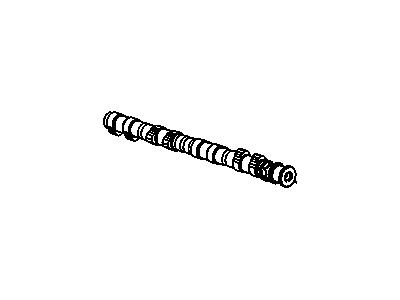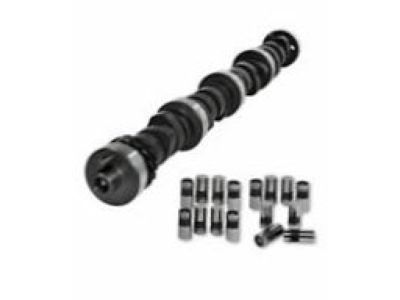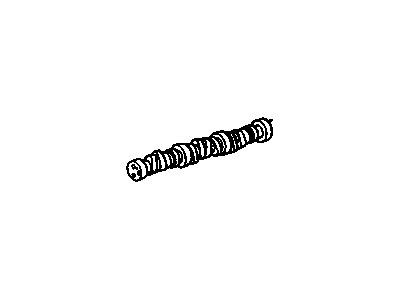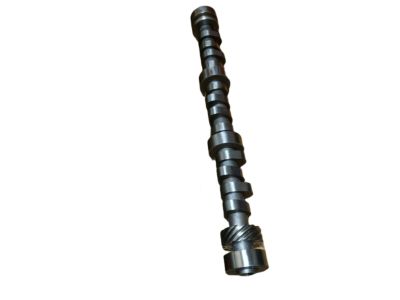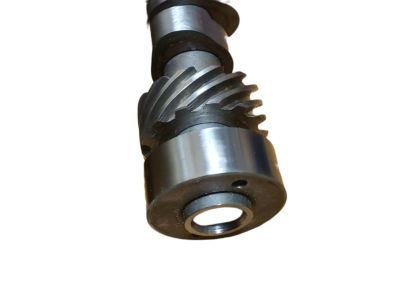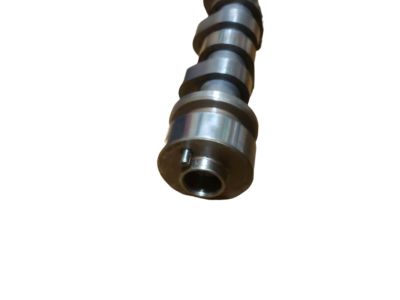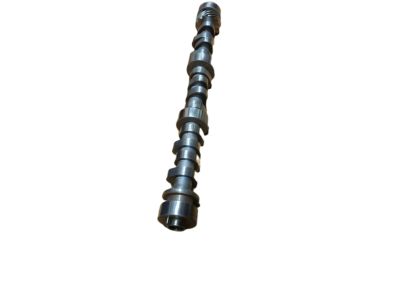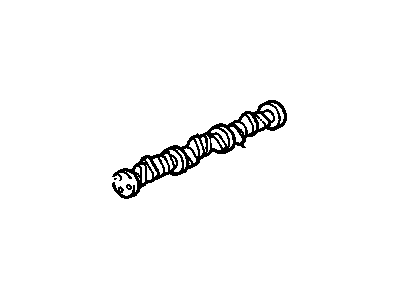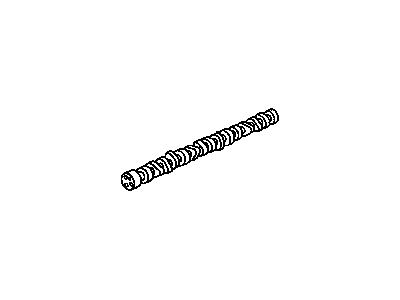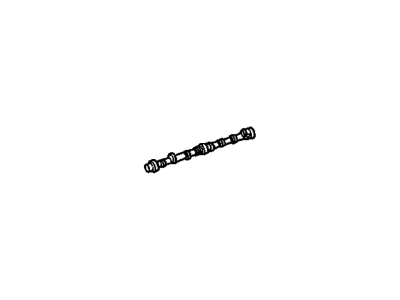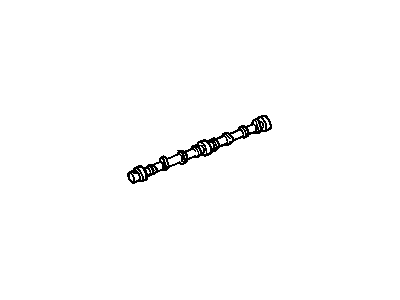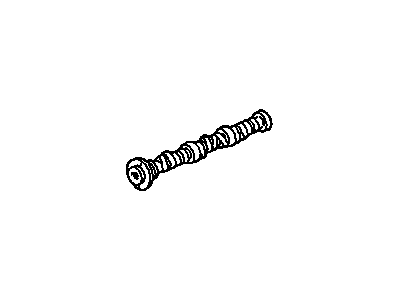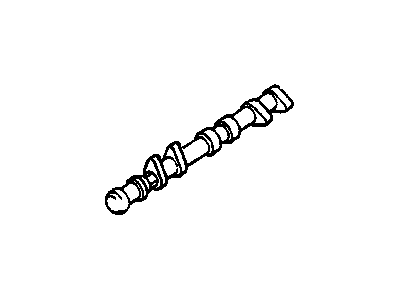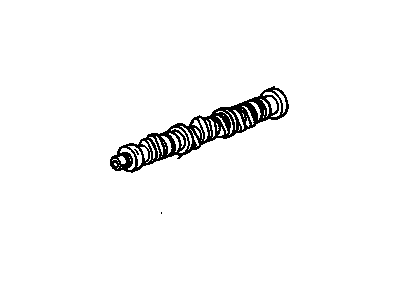
My Garage
My Account
Cart
Genuine Buick Skylark Camshaft
Cam- Select Vehicle by Model
- Select Vehicle by VIN
Select Vehicle by Model
orMake
Model
Year
Select Vehicle by VIN
For the most accurate results, select vehicle by your VIN (Vehicle Identification Number).
22 Camshafts found
Buick Skylark Camshaft Assembly, Exhaust
Part Number: 24574243$211.55 MSRP: $510.42You Save: $298.87 (59%)Ships in 1-2 Business Days
| Page 1 of 2 |Next >
1-20 of 22 Results
Buick Skylark Camshaft
The camshaft in the Buick Skylark cars is responsible for control of intake and exhaust valves that allow the incoming of the air/fuel blend as well as the outflow of combustion products. Made of either iron or steel mostly, the Buick Skylark camshaft works through various systems such as the Over Head Valve (OHV), Single Over Head Cam (SOHC), and the Double Over Head Cam (DOHC) systems with each having an impact that the engine's performance. Performance camshafts are a high lift, long duration and help the Buick Skylark modified especially in the section of airflow and power output at higher rpm ranges. Other parameters like Lobe Separation Angle (LSA) has an influence on torque and idle as well and enable to optimize the engine for certain types of usage.
Each OEM Buick Skylark Camshaft we offer is competitively priced and comes with the assurance of the manufacturer's warranty for the part. Furthermore, we guarantee the speedy delivery of your orders right to your doorstep. Our hassle-free return policy is also in place for your peace of mind.
Buick Skylark Camshaft Parts Questions & Experts Answers
- Q: How should you examine and maintain the Camshaft and Camshaft Bearing in V6 engine on Buick Skylark?A:Check the bearing surfaces and the surface of the cam lobes; light pitting or scratching may be smoothed with fine emery cloth or an oil stone, but if the camshaft is deeply scored a new one will be necessary. Camshafts should be mounted on V-blocks and employed with a dial gauge to measure camshaft lobes lift and run-out and exclude camshafts that do not meet the stipulated camshaft lobe lift and run-out. Use a micrometer to measure the journal diameters; it is mandatory to scrap any camshaft which does not conform to the above limits. In the case where either camshaft bearings are worn out or in some conditions damaged, then they have to be replaced; it can be done by having to detach the Crankshaft but maintaining Cylinder Heads and Pistons. To avoid getting damaged, the connecting rod bolts should be taped before the removal of the crankshaft and the connecting rods should also be taped to the side of the engine to minimize on interference when removing the bearings. Take out the camshaft rear cover from the top of the cylinder block. Bearing can be removed using GM tool part number J-6098 or a like bearing remover / installer tool according to the instructions. The same set of tools is used to set the camshaft bearings where, for instance, the front and the rear bearings help in centering the remainder of the bearings so that the oil hole in the bearings will match the oil hole in the block. Remove any debris, oil or old gasket material from the camshaft rear cover, then give the cover a layer of RTV or any other equivalent sealant with 1/8 in x 3mm diameter around the sealing surface before fixing the cover on the engine block. Finally, reinstall the crankshaft.
